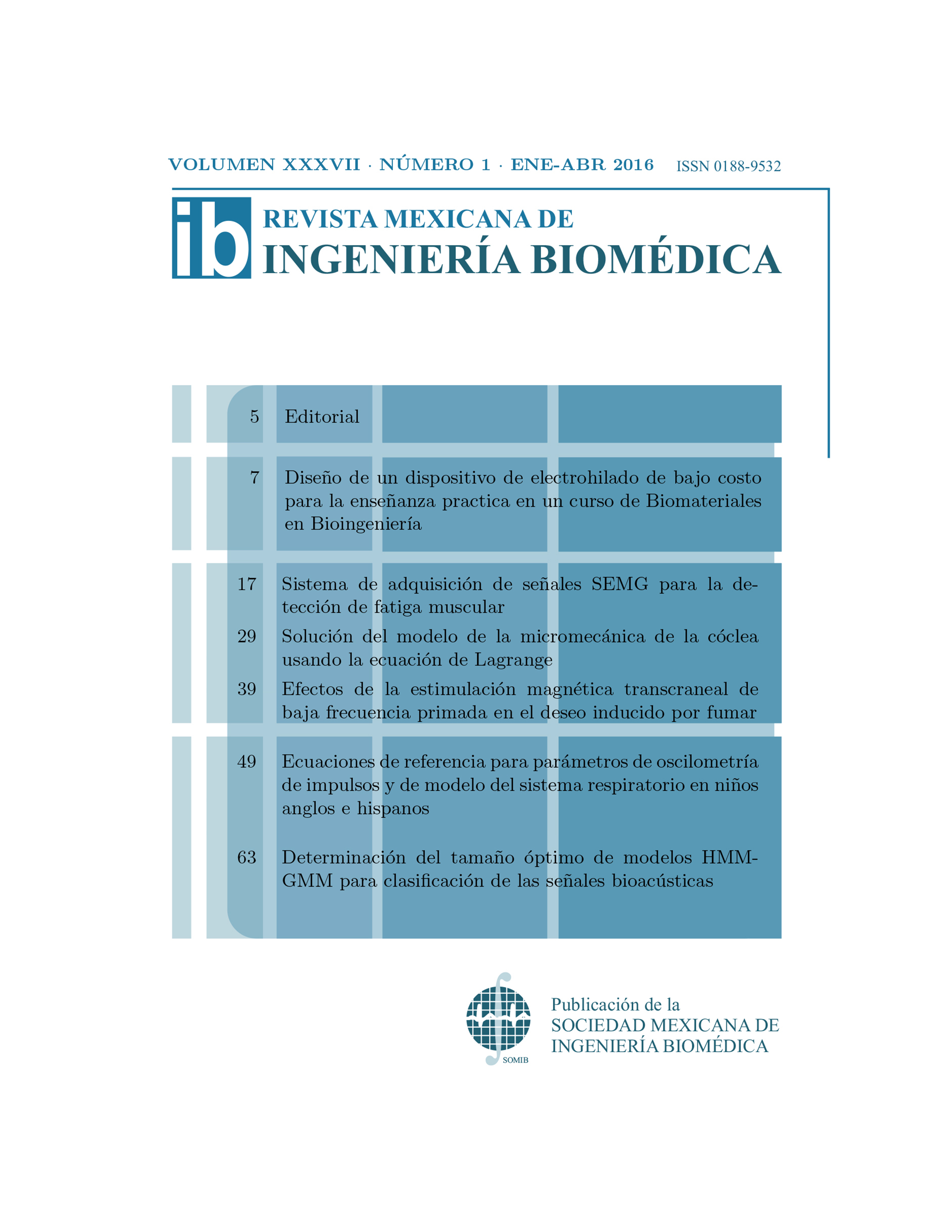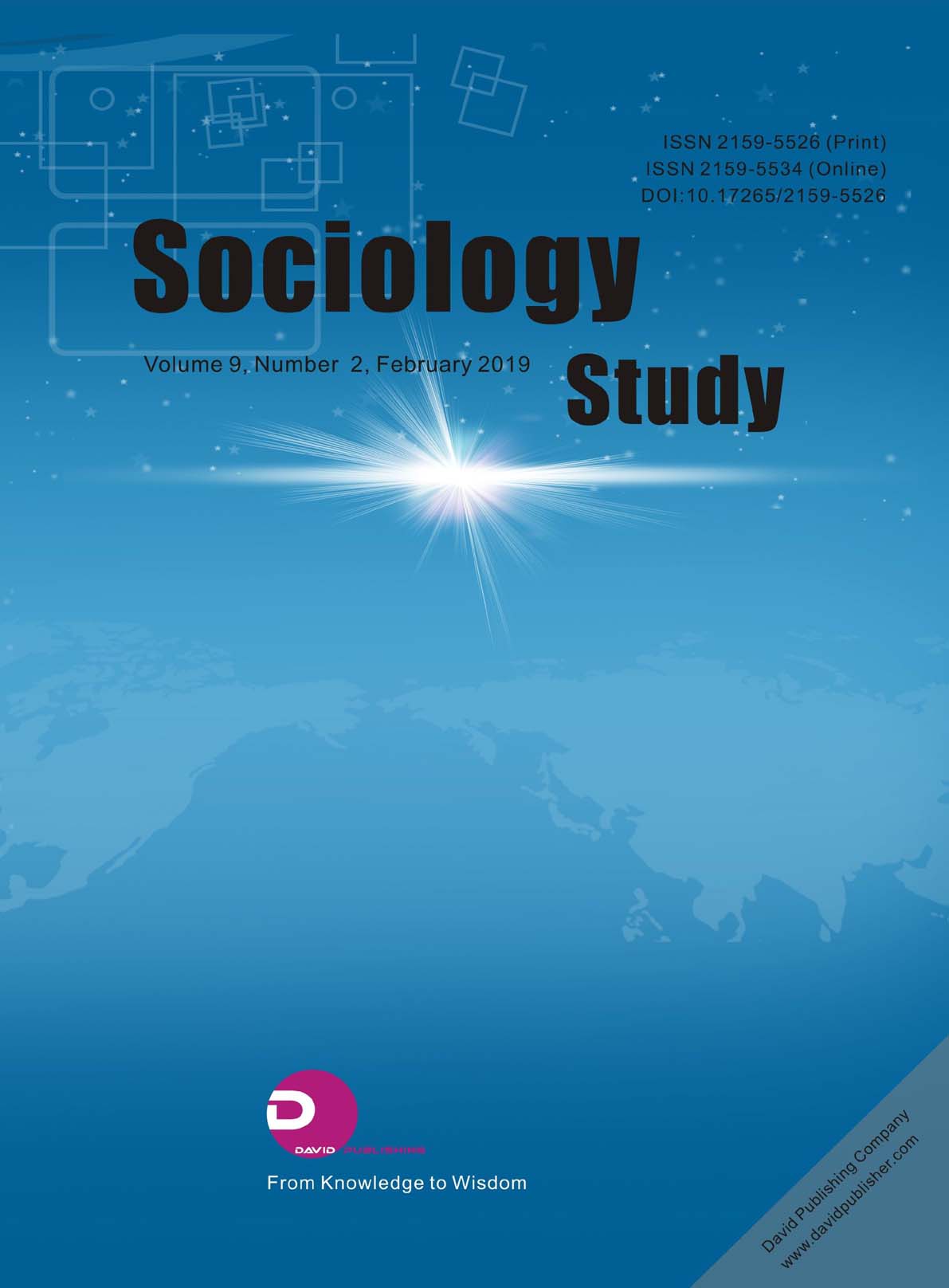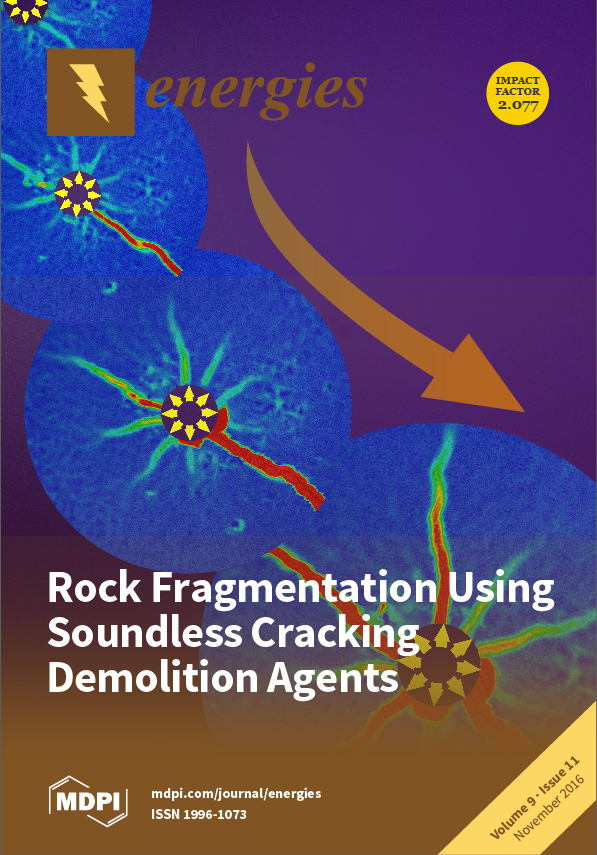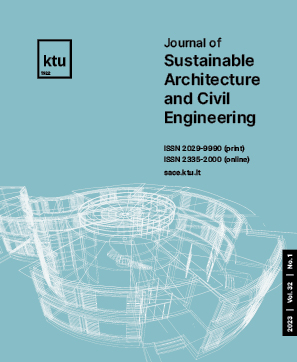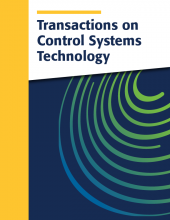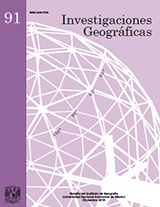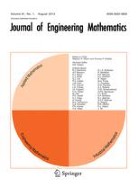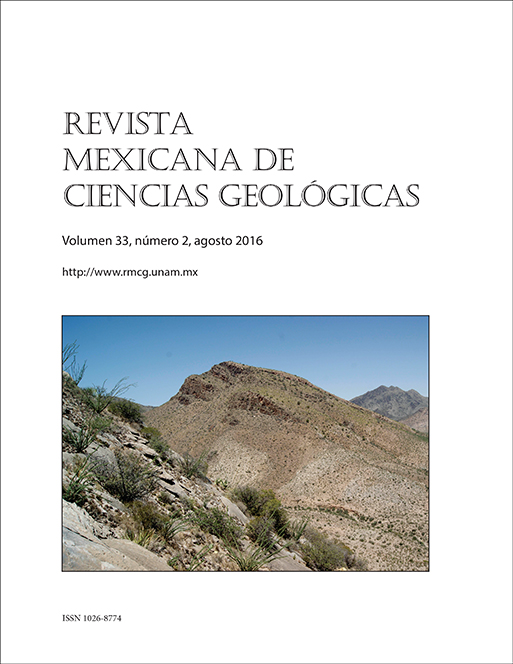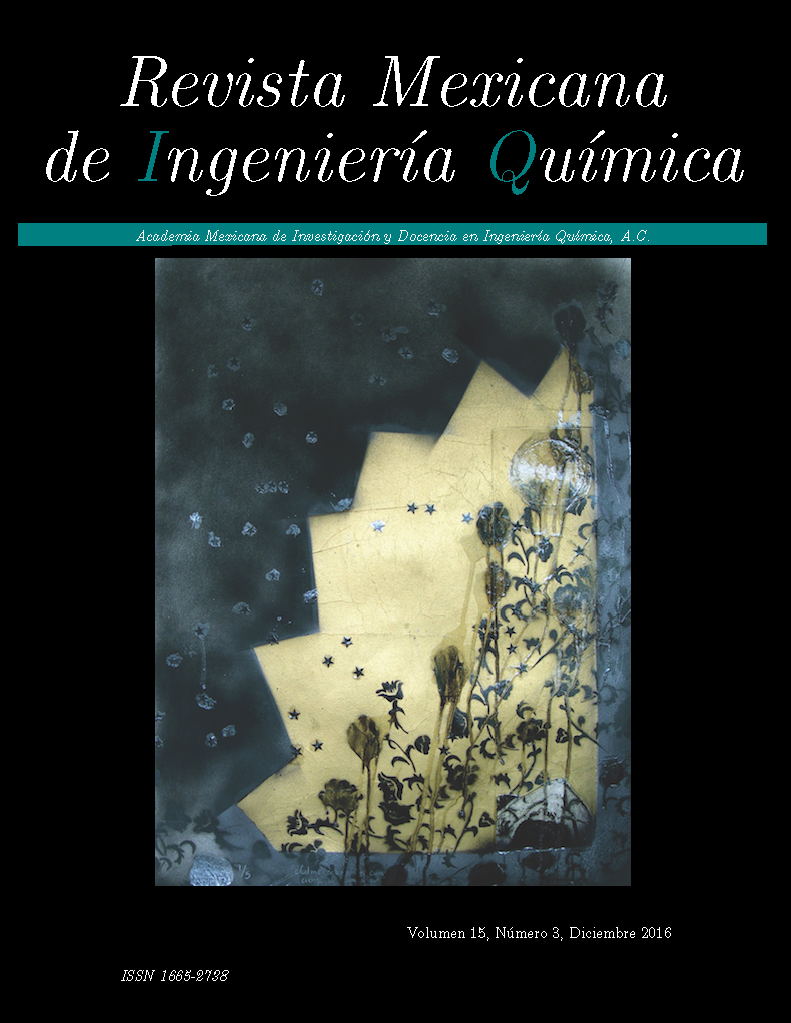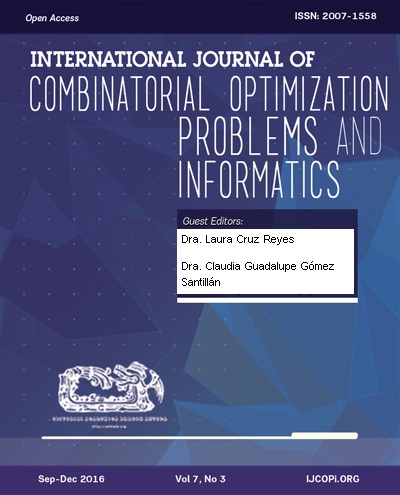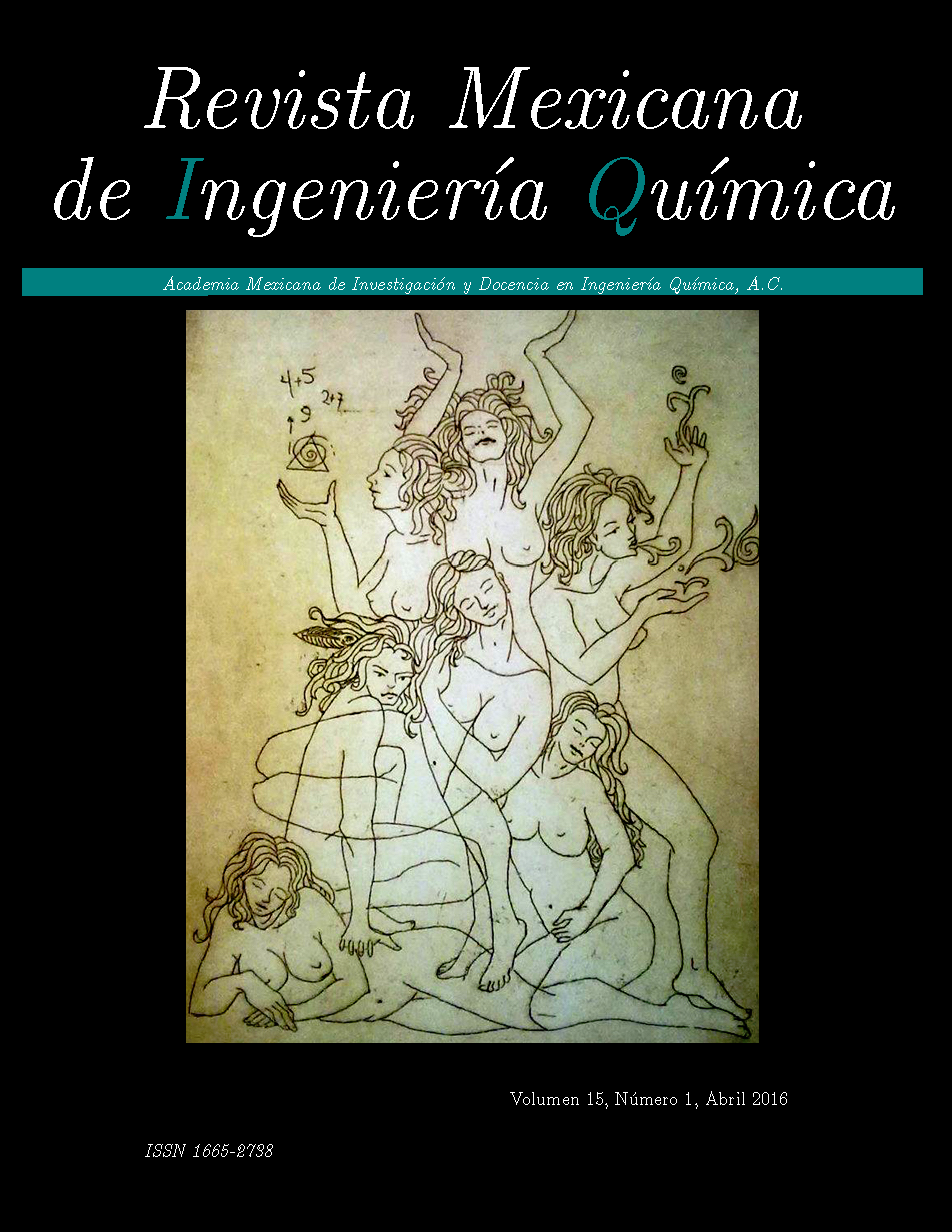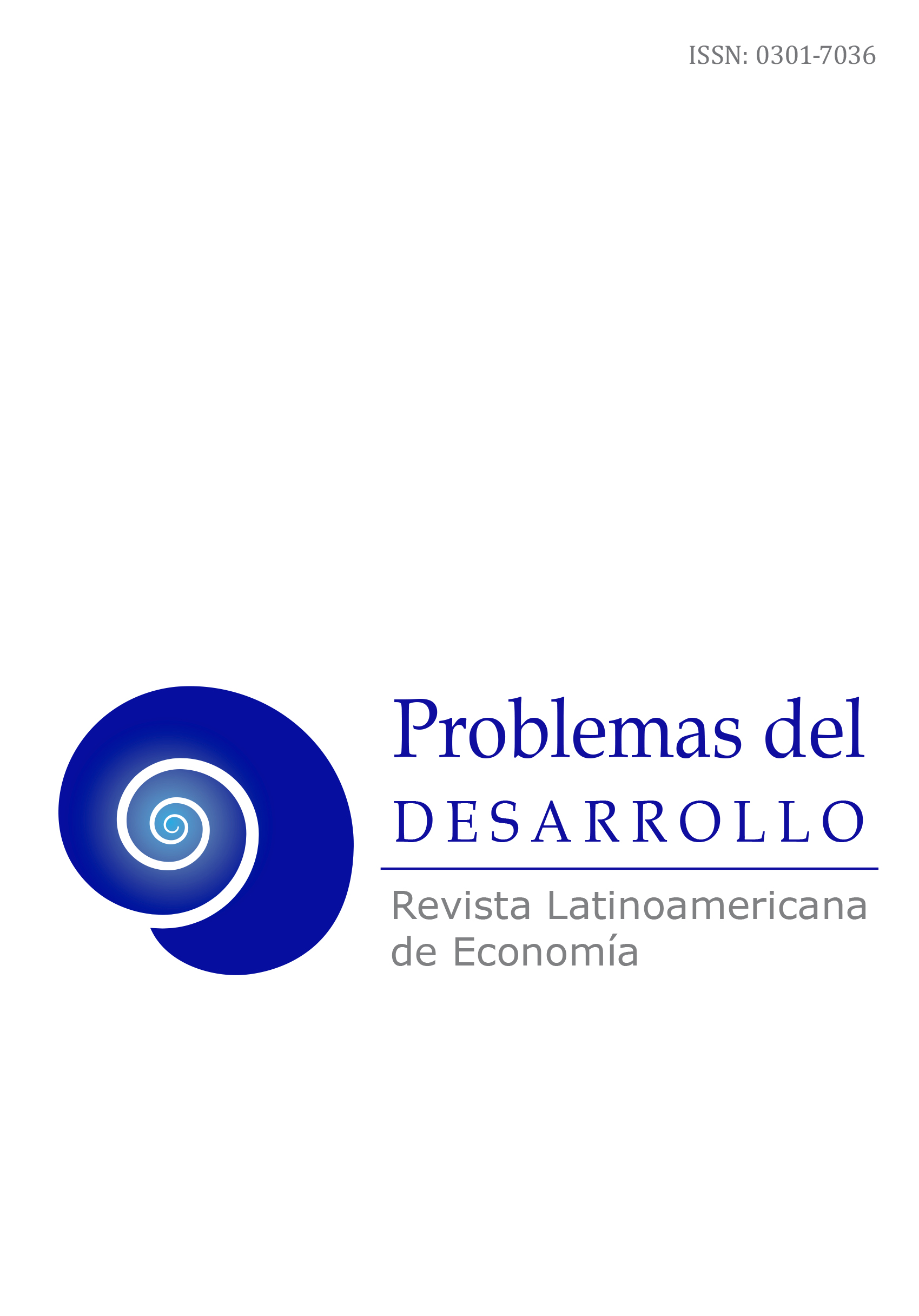
A fast and effective method for static video summarization on compressed domain
IEEE Latin America Transactions
https://doi.org/10.1109/TLA.2016.7795828
Antonio Cedillo Hernández1 , Manuel Cedillo Hernández1 , Francisco Javier García Ugalde2 , Mariko Nakano Miyatake1 , Héctor Pérez Meana1
1 Instituto Politécnico Nacional, Sección de Estudios de Posgrado e Investigación
2 Universidad Nacional Autónoma de México, Facultad de Ingeniería
Keywords: Compressed domain, Key-Frame Extraction, Video Summarization
Abstract: Current advances in information technologies have led to the creation of huge video databases. Efficient and effective video summarization methods are needed to quickly browse and locate required video content. In this paper, we present a fast and effective video summarization method that is implemented in the compressed domain. Our four-step proposed method relies on a simple yet powerful descriptor and a scene-detection method, to detect gradual and abrupt transitions with great precision. A saliency-based refinement strategy is used to avoid redundancy and represent video content with as few key-frames as possible. Several experiments were done to assess the proposed method's performance, concluding that it is superior to current solutions.
IEEE Latin America Transactions
https://doi.org/10.1109/TLA.2016.7795828
Antonio Cedillo Hernández1 , Manuel Cedillo Hernández1 , Francisco Javier García Ugalde2 , Mariko Nakano Miyatake1 , Héctor Pérez Meana1
1 Instituto Politécnico Nacional, Sección de Estudios de Posgrado e Investigación
2 Universidad Nacional Autónoma de México, Facultad de Ingeniería
Keywords: Compressed domain, Key-Frame Extraction, Video Summarization
Abstract: Current advances in information technologies have led to the creation of huge video databases. Efficient and effective video summarization methods are needed to quickly browse and locate required video content. In this paper, we present a fast and effective video summarization method that is implemented in the compressed domain. Our four-step proposed method relies on a simple yet powerful descriptor and a scene-detection method, to detect gradual and abrupt transitions with great precision. A saliency-based refinement strategy is used to avoid redundancy and represent video content with as few key-frames as possible. Several experiments were done to assess the proposed method's performance, concluding that it is superior to current solutions.




























